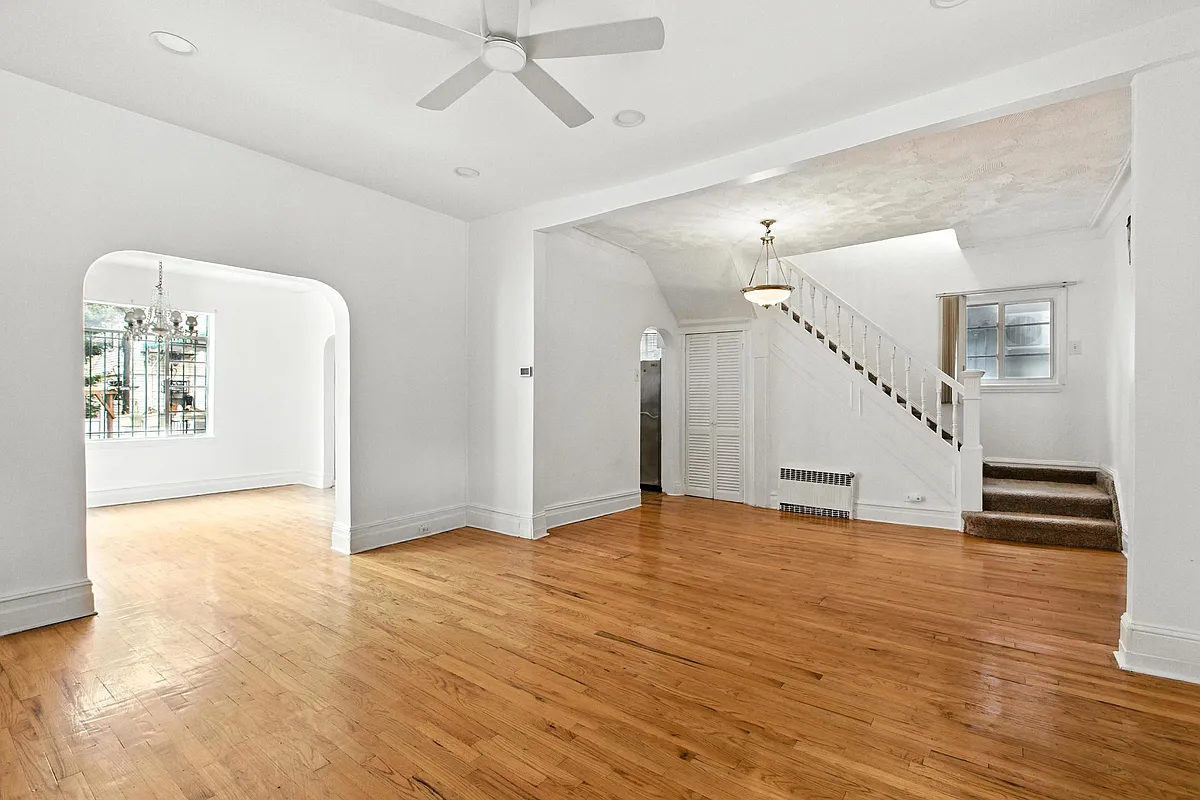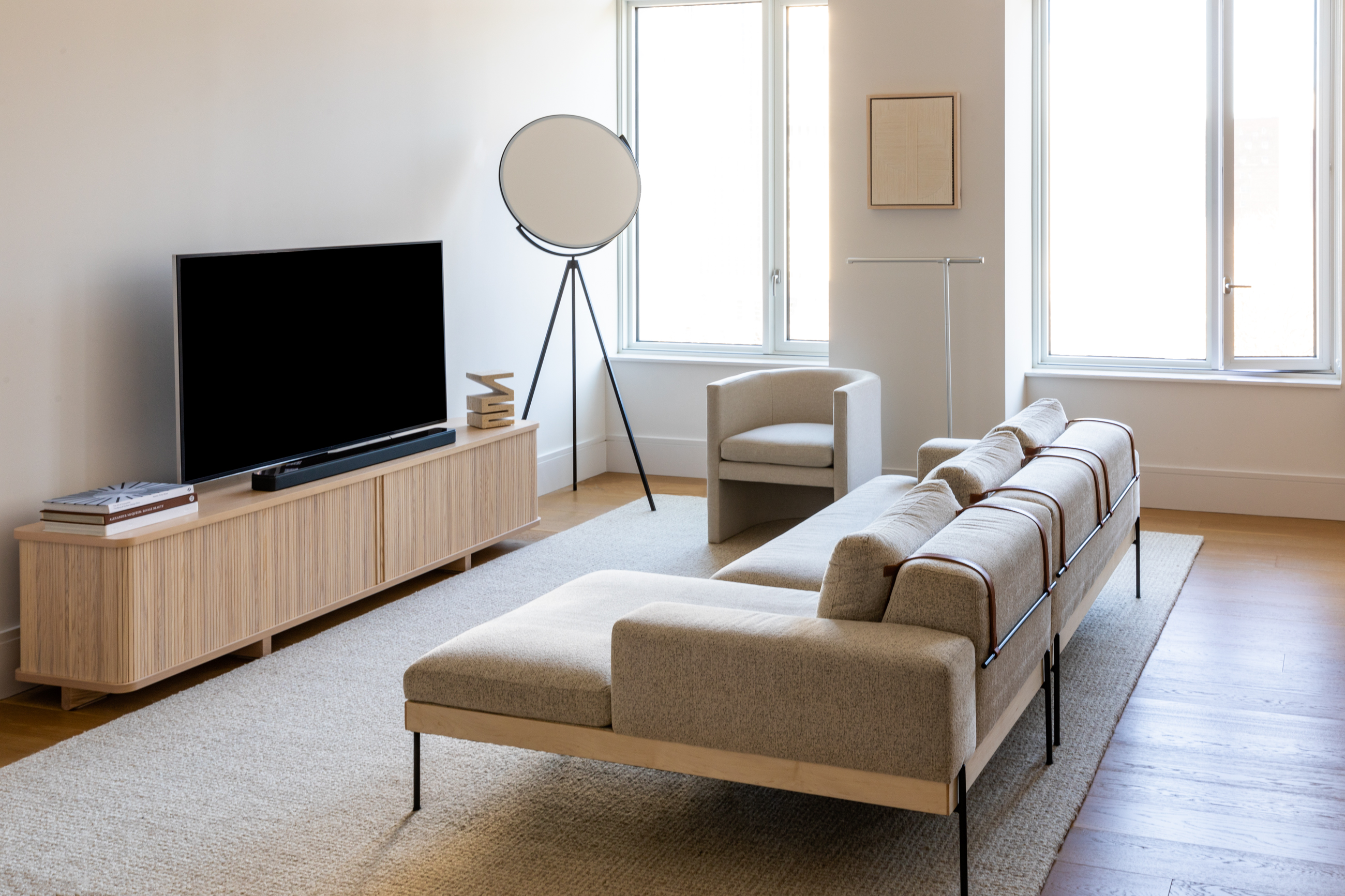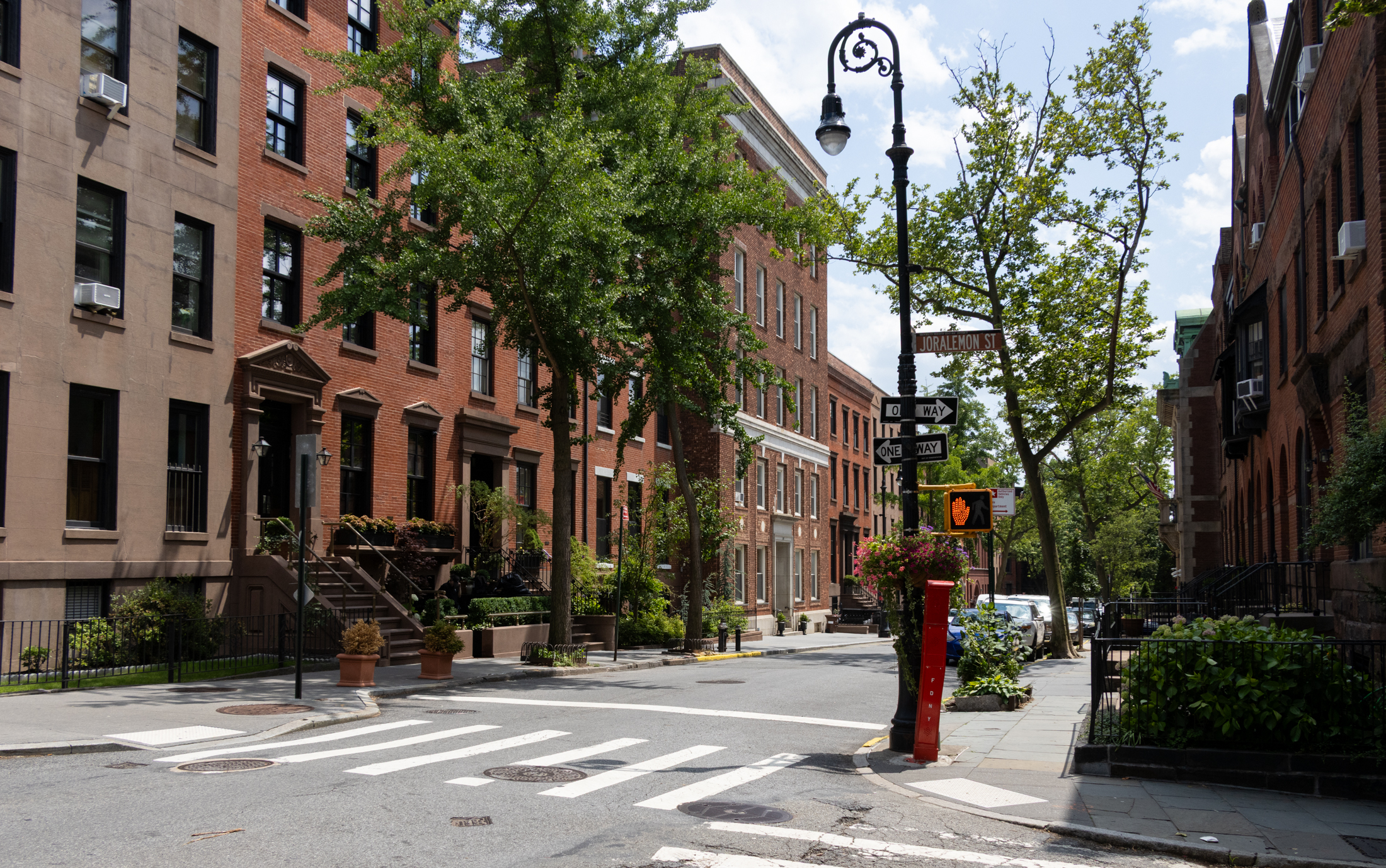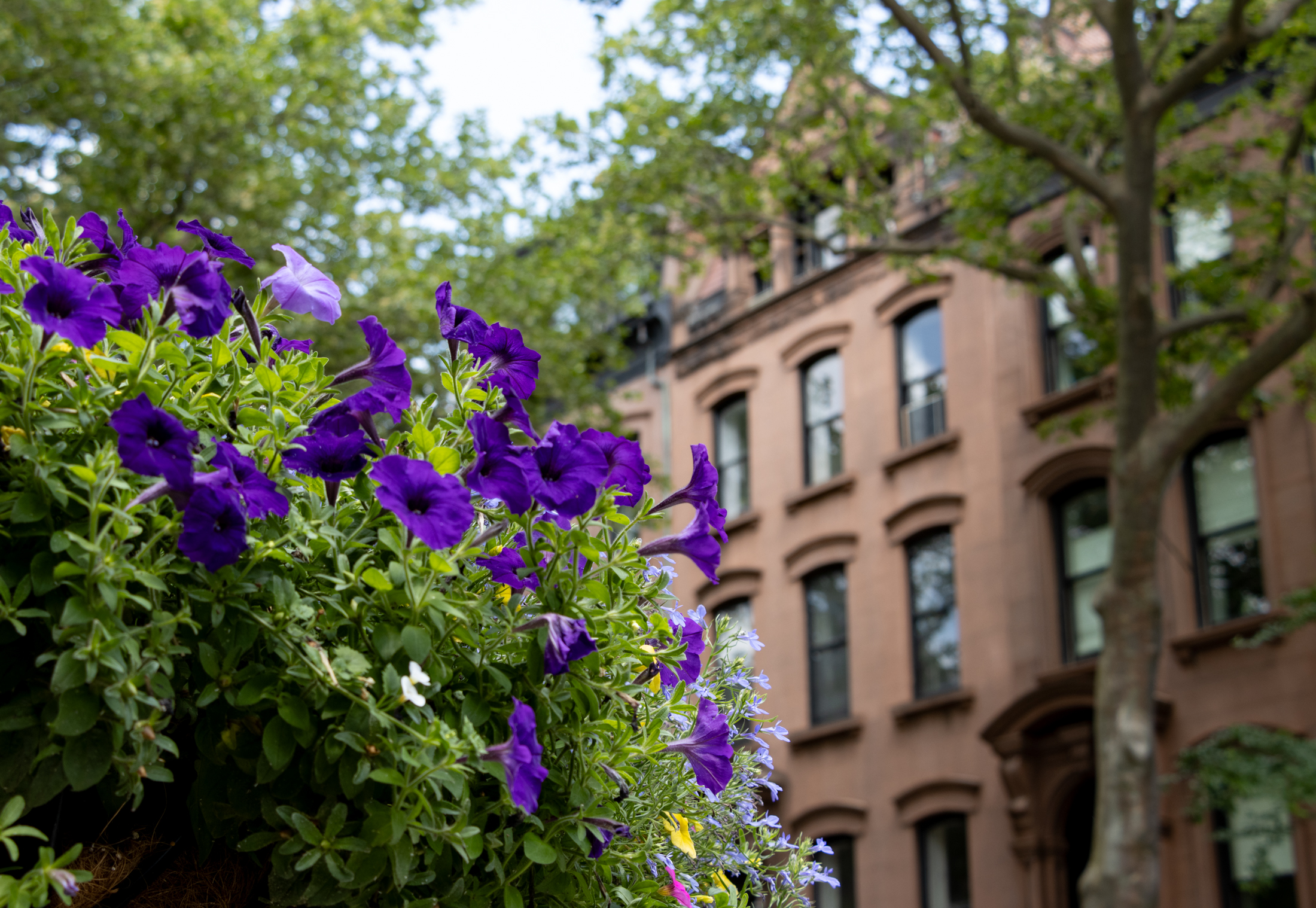Walkabout With Montrose: Through Colored Glass, Brightly
Colored glass has been with us in some form since ancient times, both the Egyptians and Romans crafted exquisite small colored glass bowls and vases. 4th and 5th century Christians used thinly sliced pieces of alabaster in their windows, which allowed diffused light, but it was the Muslim architects of the same time who first…


Colored glass has been with us in some form since ancient times, both the Egyptians and Romans crafted exquisite small colored glass bowls and vases. 4th and 5th century Christians used thinly sliced pieces of alabaster in their windows, which allowed diffused light, but it was the Muslim architects of the same time who first formulized and placed stained glass in the windows of the mosques of the Middle East.
Stained glass, which is made by adding metal salts to molten glass, reached its heights during the Middle Ages in Europe, and has been fascinating us ever since.
Its remained in primarily an ecclesiastic domain for hundreds of years, but during the 19th century, as all things became decorative, stained and painted glass began to be created specifically for use in more and more residential buildings, and its premier artisans began to create some of their finest works for secular residential use.

I use stained glass as an overall catch phrase to include colored or pot glass, painted glass and late Victorian opalescent glass invented by Louis Comfort Tiffany. Most of us are now familiar with the names of Tiffany, La Farge and Lamb, whose magnificent creations graced the mansions, churches, and clubs of the rich.
However, simpler stained glass panels were inexpensive, and popular enough to be mass produced by many companies, and incorporated into the homes of the middle class, and thankfully, quite a bit remains to this day. Brooklyn has some world class examples of important glass works.
The earliest is probably Minard Lefever’s great 1840’s church, St. Anne and the Holy Trinity, in Brooklyn Heights, home to the magnificent windows of William Jay Bolton. The works of the late Victorian glass studios of Tiffany, La Farge, Lamb, Hunt, and others, are also found throughout Brooklyn.

Brooklyn’s great architects, known and unknown, used stained glass to great decorative affect in our neighborhoods.
We can often see the transom windows, fan windows and other decorative windows from the street, often in great profusion, which leaves one wondering what treasures are in the interior or rear windows that we can’t see; fine glass in cabinets, interior doors, bathroom windows and partitions.
The Bed Stuy homes designed by Montrose Morris are especially rich in visible stained glass, and some blocks, such as Hancock Street and Arlington Place, simply sparkle. Unfortunately for us on the street, this glass was meant to be viewed from the inside, with light streaming through it, and photos taken from the street cannot capture the beauty of that light.

Even so, the intricacies of the patterns, the mixtures of colored, opalescent, bulls eye, painted, and bejeweled glass is still impressive to passersby to choose to look. I’ve assembled a collection of sacred and secular windows, and have been fortunate enough to been able to include some interior shots, as well.
I love stained glass. I’ve seen some amazing glass over the years, in houses for sale, and on house tours and the homes of friends. I’ve watched houses that I passed everyday on my way to work lose their glass to renovation, theft and salvage, and I’ve been lucky enough, on occasion, to have rescued a few small pieces, literally from the trash heap.
Ironically enough, the house I ended up buying has none whatsoever, dammit, but it’s easy to see that I once had stained glass in the many transom windows in my bays, and probably elsewhere, as well. I have plans for restoration, someday.

As per usual, my haunts of Crown Heights North and Bed Stuy have yielded some great examples, and as I wander around more of the city in the months to come, I will revisit this and other decorative topics. In the meantime, look around your neighborhood, this art is everywhere, if you only look.

Here is a list of some of the great Tiffany Studio works in Brooklyn:
Brooklyn Heights First Presbyterian Church, First Unitarian, Grace Church, Plymouth Church of the Pilgrims, Packer Collegiate Institute
Park Slope All Saints Episcopal Church, Memorial Presbyterian Church, Old First Dutch Reformed Church, St. Augustine’s RC Church, Bklyn Society for Ethical Culture
Fort Greene/Clinton Hill Church of St. Luke and St. Matthew, Lafayette Ave. Presbyterian Church, St. Luke’s Lutheran Church, Charles Millard Pratt House (residence of RC Bishop of Bklyn),
Cobble Hill Christ Church and Holy Family
Flatbush Church of the Evangel
Bay Ridge Lutheran Church of the Good Shepherd
Bensonhurst New Utrecht Dutch Reformed Church and Parish House
Bushwick St. John the Baptist
Crown Heights North St. Bartholomew’s Episcopal Church
Other impressive and important stained glass works can be found in Brooklyn, as well:
La Farge Studios: Brooklyn Museum, Packer Collegiate, Caroline Ladd Pratt House, St. John the Baptist, Bushwick.
Lamb Studios: Plymouth Church of the Pilgrims,
Other fine turn of the century stained glass examples: Brooklyn Women’s Club (BHts), Bethlehem Lutheran Church, Church of the Redeemer(BorHill), Green-Wood Cemetery, Lady Queen of All Saints (ClHill), St Paul’s RC (CobHill), St. Gregory the Great RC (CHN), St. Thomas Episcopal (Bushwick)
[Photos by Suzanne Spellen]





A tiffany tour would be worthwhile. anyone got a bus?
Thanks for this MM -wonderful!!! I posted a question in the forum today about the stained glass in the house we just bought and was wondering if I could get you input? I would love to see if you could identify the artisan or at least point us in a direction which might lead to that? I could send you a link to more pics if ok with you? Or even better you are welcome to come see! 🙂
thanks!
I’ve peered into a few mausoleums myself. There are some beauties in there. I did mention Green-Wood in the Brooklyn glass listings. I lived in the North Bronx for a couple of years, and Woodlawn has some beautiful glass windows, too.
I have got to get to the chapel at the Convent. The photos someone shared on Brownstoner a while back were gorgeous.
Wonderful report, MM. Our house (‘Crazy Stable’), c. 1909 or so, had “generic middle-class stained glass” front-door side light panels, but we treasure them; it was fascinating having them removed and restored after they sat busted and painted-over for years. Reno-wonks can read the tale at
http://crazystable.squarespace.com/journal/2006/7/19/its-finally-happening.html
(removal by glass studio)
and restoration happy ending at:
http://crazystable.squarespace.com/journal/2006/9/19/the-windows-are-healed.html
Bring on more MM stories…when is the first walking tour?
(Oh, and, yes, Kevin, I also love peering into the mausoleums at G-W; I’ve gotten some great shots of those secret windows for the dead on sunny days…)
Another fertile locale for stained glass: walk up to cemetery mausoleums and peer through the door. You will likely be rewarded with beautiful stained glass.
http://www.forgotten-ny.com
MM, I saw the pic of my building but unfortunately, mind is worst condition
Hi!
You didn’t mention the Convent of Mercy in Clinton Hill. You might be able to set up a quick visit if you call their offices. The chapel has some wonderful stained glass!!!
Thanks for the above article!
Boofer, your glass sounds like opalescent glass to me. The Tiffany window in the second photo, above is mostly opalescent glass. Tiffany literally painted with glass, the colors change and deepen with the change of light. After he came out with it, like all great innovations, it was soon copied for the masses, but no one could do it as well. La Farge and Lamb were close seconds, and they learned from him. You also have what I call bejeweled glass. I love the mixture of color and texture, and refracted light.
M4L, I hear you. I think you should get a couple more quotes. There are independent people out there who might do it for less, I’ll see what I can find. Did you see your building’s windows in the Flickr shots?
I just came from a funeral at the Lafayette Ave Church. Their windows are just stunning. Tiffany (and his studio) were truly masters, and great artists.
I don’t know why I bother, but….What, I clearly gave the ancient Egyptians and the Muslims their proper credit for the origins of colored glass. I would be more than happy to fill my Flickr link with examples of the great glass windows of the Middle East, as I have several books on the subject, as well as tons of magazine articles, and could pull a gazillion pictures. However, this article is about the stained glass that can be found around us in Brooklyn, especially as documented by the wonderful examples to be found in Bed Stuy and Crown Heights – you know, those predominantly black neighborhoods that you profess to love and cherish.
Many great and inventive things, people, traditions, inventions and scholarship came from the many peoples of Africa. As a decendant of those people, I am as proud of my history and their genius as anyone. However, great things also came from other parts of the world, other peoples. I see no disrespect to my ancestors to give others credit for their accomplishments, or to celebrate the wonders they created. It takes nothing away from Africa to do that, and reinforces, to me, the wonders of man’s creativity and artistic abilities. We are all the family of man, it’s all good.